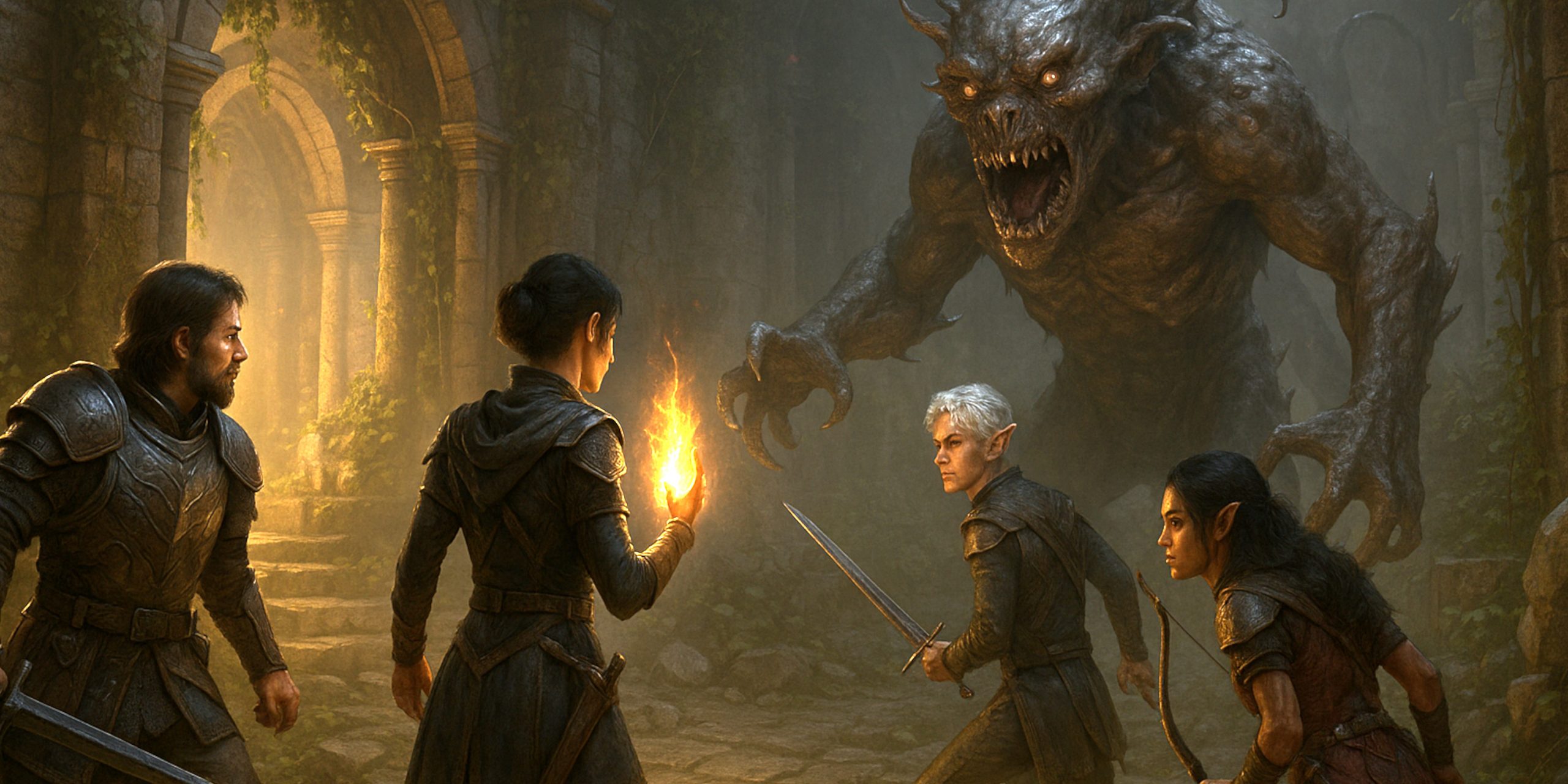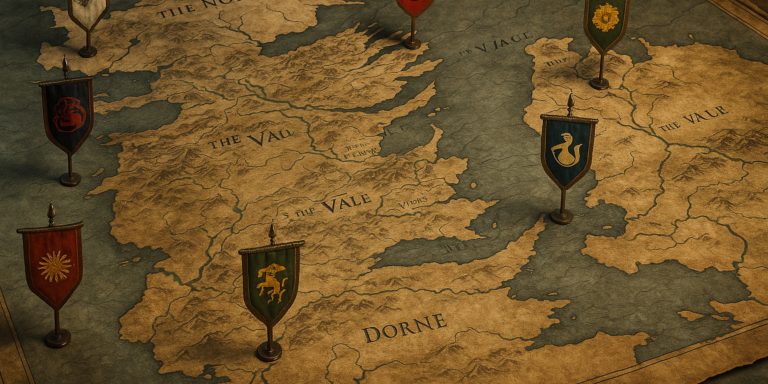
Larian Studios didn’t just revive Baldur’s Gate. They redefined how a modern RPG can function within the framework of traditional tabletop mechanics. With Baldur’s Gate 3, the studio combined dense systems, player freedom, and a reactive world in ways that few developers have attempted at this scale. Their approach builds on years of iteration and experimentation across their Divinity series, but Baldur’s Gate 3 carries a different weight: the legacy of Dungeons & Dragons, and with it, the expectations of long-time fans and new players alike.
Narrative Design: Player Agency First
Larian prioritises storytelling that reacts to the player’s decisions at nearly every turn. Dialogue trees aren’t static. They evolve based on character background, race, class, party composition, and prior actions. There is no “correct” path, just possibilities layered atop consequences.
Unlike many RPGs that funnel players into limited narrative branches, Larian built systems that remember minor choices and let them ripple forward. Characters may remember insults or betrayals from hours earlier. Entire questlines change based on who lives, dies, or simply walks away. The core philosophy is simple: the game adapts to you, not the other way around.
Turn-Based Combat Rooted in Tabletop Logic
While some traditionalists balked at the switch to turn-based combat, Larian didn’t compromise here. Their decision reflects fidelity to 5th Edition Dungeons & Dragons rules and the desire for tactical clarity. Every encounter is shaped by terrain, verticality, line of sight, and environmental hazards. Players who understand action economy and positioning thrive.
Crucially, the game doesn’t rely on combat as its sole challenge. Some of the most impactful outcomes happen through dialogue, stealth, deception, or spellcasting outside of battle. Combat is a tool, not a requirement.
Systems That Encourage Experimentation
Larian’s sandbox ethos is clear in how they treat player interaction with the world. Nearly every object, surface, and spell effect serves multiple purposes. Grease can be set on fire. Water can carry lightning. Boxes can become barricades or ladders. There’s no single solution to a problem because the systems are built to encourage emergent gameplay.
This approach leans heavily on the studio’s confidence in players to invent their own methods of success, or failure. The game rewards creativity, not just adherence to optimal builds.
Party Dynamics and Character Writing
Every companion in Baldur’s Gate 3 is shaped by a strong narrative voice, distinctive goals, and the capacity to challenge the player morally or ideologically. Companions are not sidekicks. They’re agents with their own reactions, motives, and limits.
Larian also built the game so that any party member can be the main character. You can play as an Origin character like Astarion or Shadowheart and see the world through their lens. This design decision adds depth to replayability, but also shows a commitment to story-driven flexibility.
Freedom as Core Philosophy
Freedom in Baldur’s Gate 3 isn’t just in conversation options or class builds. You can kill essential NPCs, betray allies, skip entire sections, or forge strange alliances. The game remains playable regardless of how reckless or meticulous you are.
This isn’t a design without risks. It demands more QA, more branching dialogue, more animation work, and constant attention to player choice. But it reflects Larian’s belief that roleplaying games should be messy, personalised, and unpredictable.
Accessibility Without Oversimplification
Larian didn’t dilute the complexity of D&D 5e for casual players. Instead, they designed interfaces, tutorials, and quality-of-life systems that ease new players into mechanics without dumbing them down. Spell descriptions, dice roll modifiers, and enemy stats are presented transparently.
The studio also created tools like turn-based mode for out-of-combat scenarios, ensuring stealth, theft, or setup actions feel just as tactical and satisfying as the fights themselves.
Long-Term Thinking and Post-Launch Support
Even after release, Larian has continued to refine the game, add content, and adjust systems based on player feedback. Their iterative philosophy isn’t limited to development, it continues post-launch, treating Baldur’s Gate 3 not as a static product, but as a living RPG experience.
The Seven Swords Takeaway
Larian Studios’ approach to RPG design is uncompromising and player-focused. They trust players to make bold choices, embrace chaos, and shape their own stories. Baldur’s Gate 3 stands as a modern RPG that doesn’t merely nod to its tabletop roots, it lets you dig your hands in and reshape the world.
Watch the trailer:


